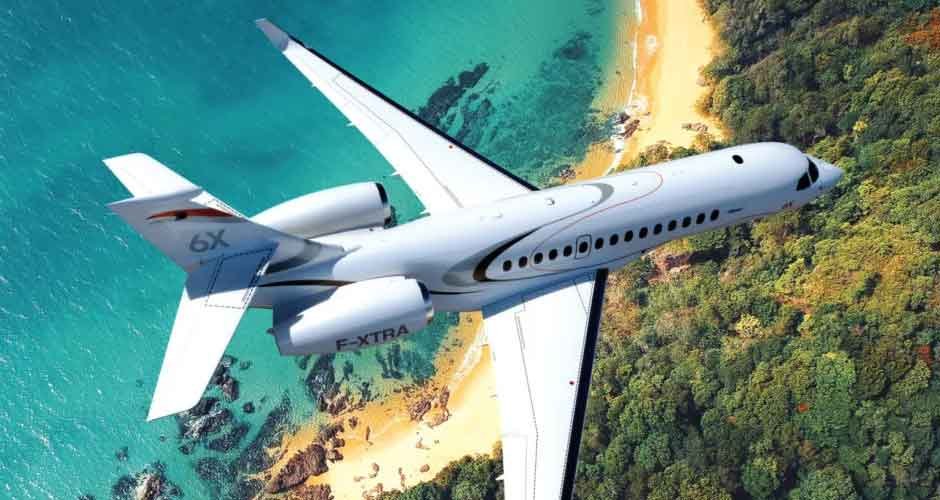The impact of industry on the natural world has come under great scrutiny in recent times. And few industries are so closely scrutinised as the air travel industry, which inherently presents a number of environmental and safety concerns. In an era where private jet charter is being increasingly favoured by time-poor customers, it’s easy to see the need for technologies and techniques that might limit the damage.
Let’s take a look at where these concerns stem from, and what measures we might take to deal with them.
Safety Measures in private jet travel
Statistically speaking, passengers on private jets are less safe than those on commercial airliners – or at least, that’s the impression you might get if you look at the total fatalities. But we should remember that there’s a great deal of variety in the world of private travel. Choose an operator that holds its pilots and aircraft to high standards, and the risk narrows substantially.
Among the most significant risk factors to consider is pilot fatigue, which is the most common cause of crashes. For this reason, most air travel authorities in developed countries will insist on limits for flight and duty time. Other safety measures, like training in the use of onboard first-aid and defibrillator equipment, might also make a difference in some environments.
Dealing with environmental hazards
Per mile travelled, private air travel is significantly more carbon-intensive than any other form of transport. This is largely a function of the weight being carried and the limited number of passengers that can be accommodated.
The EU has set out a number of measures for limiting emissions from aviation, which obliges airlines operating in Europe (but not necessarily based there) to monitor, report and verify their emissions, and offset these emissions by investing in projects that reduce emissions in other sectors.
Carbon emissions and climate impact
The impact of carbon emissions on the climate is well documented. It’s driving the heating of the planet which will cause sea levels to rise, food production to be impacted, and the death rate from extreme weather events to rise substantially. This is a concern that’s increasingly being felt by voters and customers, and so, perhaps unsurprisingly, we’re beginning to see it emphasised by image-conscious industries and political parties.
Innovations and Sustainable Practices
The private jet industry is taking many steps to try to mitigate these impacts. This is being done in two different ways, for the most part.
The first is the adoption of more sustainable forms of fuel, generated using agricultural residues and waste oil products. It is hoped that the use of these fuels will lead to a substantial downturn in the amount of greenhouse gas actually being released.
The second way involves making aircraft more efficient. This means making incremental improvements to the shape of the aircraft itself, and the design of the engines that power it.



